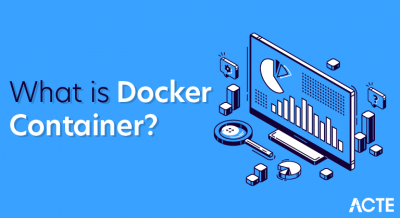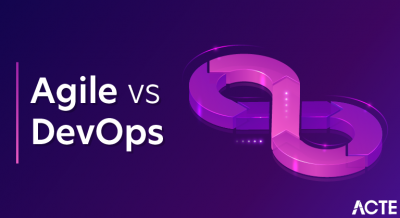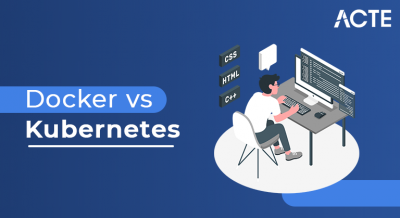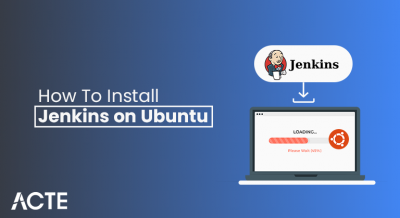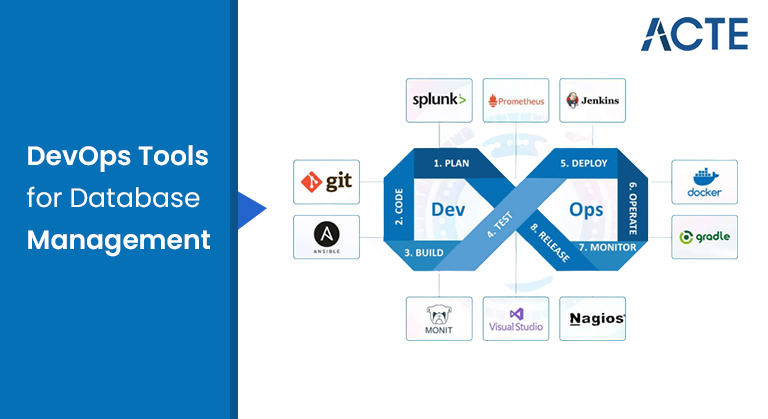
What is a DevOps:
The DevOps methodology focuses on better collaboration between the development team and the operations team. So, DevOps Engineers are the individuals who oversee the entire software development lifecycle. They play a vital role in handling code releases, implementing the CI/CD pipeline, automating various processes and resolving any problems that may arise during the development, deployment or maintenance phase.
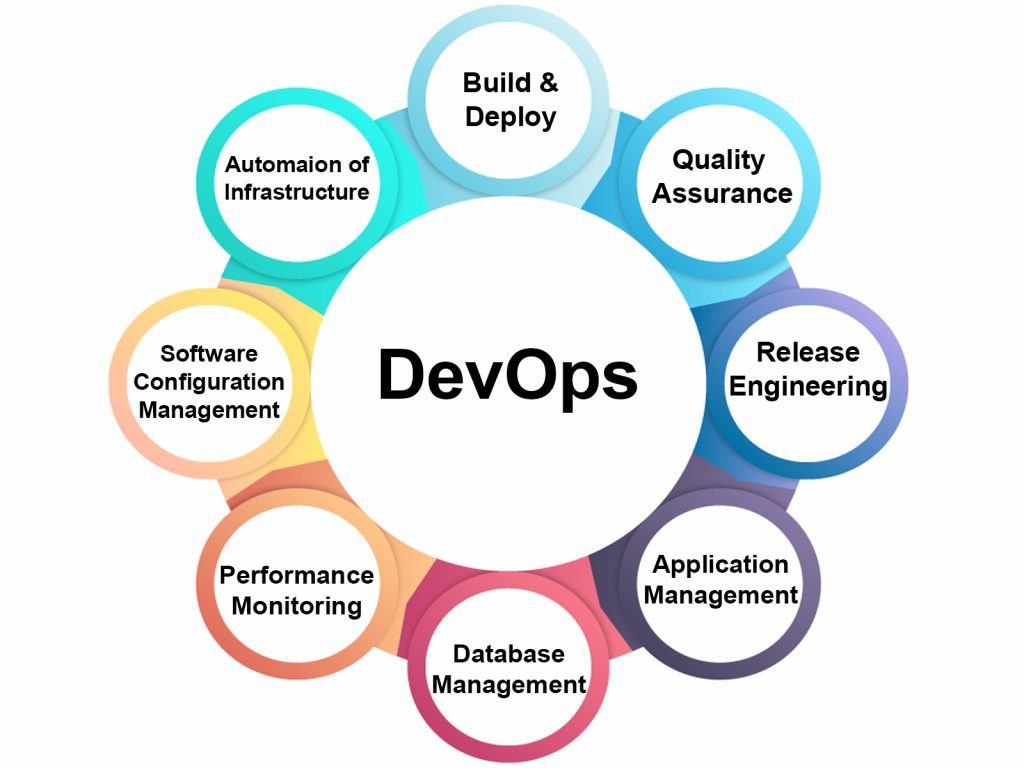
What are the learning objectives of this DevOps Engineer Certification Program?:
The DevOps Engineer course helps you develop the key skills you need to become a DevOps expert. You’ll master configuration management, continuous integration, deployment, delivery, and monitoring using DevOps tools in this DevOps Engineer training. Tools include, Docker, Chef, Jenkins, Puppet and Nagios in a practical, practical, interactive approach. Enhance your understanding of the fundamentals of Agile and Scrum methodologies and gain knowledge of two leading cloud platform providers—Amazon Web Services (AWS) and Microsoft Azure, with this DevOps Engineer training.
The DevOps Engineer certification program is built around a structured learning path recommended by industry experts. You’ll have access to 120+ live, instructor-led, online classes conducted by expert instructors in the field. As a part of this DevOps Engineer course, you get 90+ hours of high-quality e-learning, real-life case studies, end-of-chapter quizzes, simulation exams and access to a community-led community of experts. Upon successful completion of the learning path requirements, you will be awarded a DevOps Master’s Certificate from Simplilearn.
- Set up MySQL database in Docker container
- Design a database table structure for the data
- Write a SQL script to create a table and enter some sample data
- create table in database
- Create java entity object and map it to database table
- Create and Implement a DAO
- Create junit test case and write integration test
- sql script
- entity object code
- hibernate configuration file
- DAO and implementation code
- junit test case
- Title
- artist’s)
- year of release
- number of tracks
- total play time
- Each CD will also contain a list of tracks containing the following information:
- Title
- Author
- time to play
- data manager java file
- library controller java file
- jsp that displays cd list
- Screenshot of a web page showing a list of CDs
- Clone the repository and install Ant.
- clone https://github.com/simplilearn-devops/devops-project-3
- curl -o http://apache.mindstudios.com//ant/binaries/apache-ant-1.10.0-bin.zip
- unzip apache-ant-1.10.0-bin.zip
- in apache-ant-1.10.0 ant
- start vnc server
- port 5901 on your local machine. connect to VNC server
- Open Numbers Project in Eclipse
- add jar files to classpath in lib
- Develop numbers into words application using TDD
- Implement main application to read numbers from keyboard and print out values
- Navigate to the Numbers project on the server
- Run Ant to build the project. The build will fail if the unit test fails.
- ~/ant/bin/ant district
- The results of the unit tests are in the reports directory which is created
- run the application and give it a try
- java -j Numbers.jar
What projects are included in this DevOps Engineer Certification Program?
Some of the projects that are part of this DevOps Engineer course include –
Project 1 Scenario:
A media company wants to offer a website where users can upload photos. Captions and titles can be added to photos. Need to create thumbnails from photos so that multiple images can be displayed on index pages. Customers can order prints of photographs on T-shirts, mugs and other items. You will need to design, implement and deploy part of the system.
The purpose of this project is to design and implement the business and integration levels of this project as a part of DevOps Engineer training. In the final system, image files and thumbnails will be stored in a file system accessible to the web server.
Project goals:
The deliverables are:
Project 2 Scenario:
A library has a large CD collection that it needs to catalogue. It requires storing information in a database and having a web front end. You will need to design, implement and deploy part of the system. The aim of this project is to create a web application that implements Catalogue. The information needed for each CD is:
Project goals:
The starting point for this project is the code and instructions for Exercise 8.7 as a part of the DevOps Engineer curriculum. Take a copy of the DevOps project from Lesson 8 and rename the files in the library from Monitoring. You only need to build a web front end. The data manager can generate a hard-coded list of CDs instead of extracting them from the database.
The deliverables are:
Project 3 Scenario:
Needs to be able to convert an integer to words. For example, 57 needs to be converted to “fifty-seven”. The aim of this project is to develop a method that can convert numbers from 1 to 999 into words. If you have time to increase the limit to 2 billion. The method needs to be developed using Test Driven Development (TDD). A standalone application is also needed that reads a number from the keyboard and prints its value in words or “invalid number”. The program should exit when the user enters 0.
The application needs to be packaged as an executable jar file using Ant.
Project goals:
The goals of the project as a part of this DevOps Engineer training include –
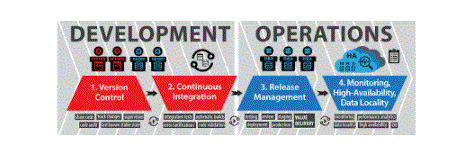
- IT team leader
- software developers
- System Administrator and IT Manager
- cloud engineer
- Developers
- Engineers
Who should take this DevOps Engineer Certification Training:
DevOps Engineer has an important role. This role is assumed by a leader or someone who is responsible for ensuring that the DevOps strategy is implemented in the end-to-end development of the product while making a positive difference to the environment.
Anyone working in operations or development/engineering teams can opt for a career in DevOps. To become a DevOps Engineer, you can start your career as a Software Engineer/Developer, System Administrator, Automation Test Engineer, or Operations Manager and then become a Release Manager, DevOps Test Engineer, Automation Expert and finally a full-fledged can make progress. DevOps Engineer.
DevOps Engineer Training Online is for those who want to fast-track their career in the software development industry. People working in the following roles will most likely benefit from a DevOps Engineer course:
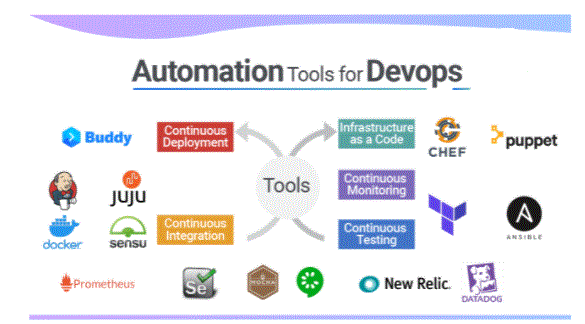
- Liquibase (free)
- Datical (paid version of Liquibase)
- Redgate (Microsoft Stack)
- Delphix (not only for database changes)
- DBmaestro (they actually sell as DevOps for Databases)
- And besides tools for database engines, there are frameworks that also support migrations:
- entity Framework
- GORM
- write
- hibernate
- As an example, let’s get our hands on with Entity Framework in .NET Core.
- Let’s open a terminal. You can also use the command line included in VS. Run the following command in the project root folder so that EF creates the database schema.
- dotnet ef database update
- Now you can connect to the database and check that all required tables have been created.
- change application
- Now let’s modify the application by adding a new column. To do this, go to the Model/Student.cs file and add the column. It should look like this:
- Now go to View and add columns so that the change can be easily seen.
- And to persist the new column, you need to change the code of “view” in the Create.cs file.
- Before running the application again, let’s create a migration in EF so that the next time you run a database update, EF will run any pending migrations. To do this, run the following command:
- dotnet ef migration AddStudentCollege
- Explore the solution a bit and you will see that a new file is created with all the details of the migration. And also remember, that we mentioned that we need to version these changes.
- Run the application again. The UI will be updated, but it will not work because the database is not updated yet. Re-run the update command to apply any pending migrations.
- The next time you or someone else needs to make a change, a new migration will be created. Applying this is just a matter of re-running the update EF command. Of course, as you get used to it, you’ll get better at automating database changes. Remember, DevOps for databases involves much more than just technical exercises.
- Hope the details provided are what you were looking for and keep us updated about what can be changed, improved or rectified (if any).
- You think of database development tools as DevOps tools, but it’s important that all of your tools are “DevOps-y”.
- Agile gave birth to DevOps. Without the speed and efficiency gained from agile software development, we would not have needed to build DevOps. Thus, database agility is the key to DevOps for databases.
- Good database development tools reduce the time required to implement and manage new and existing database platforms, and they leverage the expertise of database professionals using extensive collaboration and automation features. This shortens the development cycle while maintaining quality and safety. Database development tools help database administrators (DBAs) support an overall business model that requires more innovative and customer-focused products to come to market faster.
Database Management – Top 10 DevOps Tools.:
Types of Database Management DevOps Tools:
Here we’ll take a look at each of the DevOps tools in specific, and let you understand their internals. Based on their usage, we have also compiled some of the benefits of using them. Though the list is exhaustive, it is better that you take the time to go through all the available options as this process is considered to be a one time action for an individual or organisation, you can choose the tool based on your requirement.
1. SQLite:
SQLite can be defined as a software library that implements a server-less, self-contained, transactional SQL database engine that goes with absolutely zero configuration.
2. Cassandra:
Cassandra from the Apache family of software products is a NoSQL database solution that provides its users with the ability to store huge amounts of data (be it structured or unstructured data).
3. MySQL:
The MySQL database as we know it now has its own series of threads to market itself to the DevOps, which should enable the ever-changing and ever-active DevOps world.
4. MongoDB:
MongoDB is one of the best options that individuals and organisations can look forward to choosing from the existing set of options (among both NoSQL and RDBMS database management systems).
5. PostgreSQL:
PostgreSQL, often simply called Postgres, is an object-relational database management system (ORDBMS) focused on extensibility and standards compliance.
6. MariaDB:
It is a community-developed fork of MySQL, the most prominent relational database management system, intended to remain free under the GNU GPL licence. It is a high-performance and open-source database that aims to help high-transaction websites deliver more content at faster speeds.
7. OrientDB:
OrientDB is an open-source NoSQL database management system that was written in Java. Alternatives to RDBMS exist for many years but they are mainly used in cases like Telecom, Medical, CAD, etc.
8.HBase:
HBase is a freeware, multifunctional, distributed and scalable NoSQL database written in Java. HBase works on top of HDFS (Hadoop Distributed File System) and facilitates Hadoop-like capabilities from BigTable. It has been developed to facilitate a fault-tolerant method of storing a large number of sparse data sets. Since HBase achieves high throughput and low latency by providing fast read/write access to huge datasets, it is the best choice for applications that require fast and random access to large amounts of data. It provides compression, in-memory operations, and bloom filters (data structures that tell whether a value is present in a set) to meet the need for fast and random read-writes.
9. Couchbase:
Couchbase is a NoSQL database specifically engineered to meet the ever-changing needs of business and with a track record to consistently deliver high performance and always be reliable and available.
10. ArangoDB:
It is a basic multi-model database system developed by an organisation that supports three key data models – Key/Value, Document and Graph. It all comes with a simple and yet powerful integrated query language called ArangoDB Query Language (AQL) which is more or less similar to traditional SQL.
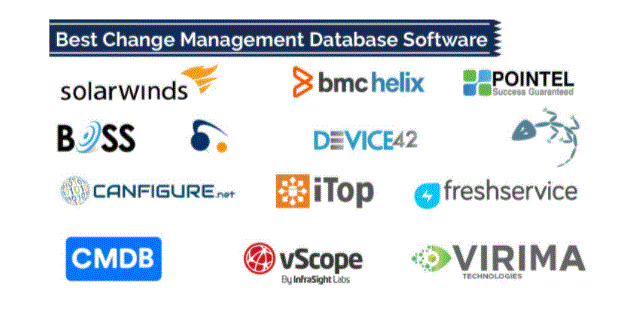
Technical practises for databases:
We just talked about how databases are a special problem in DevOps and how things can get better. But there are also technical practises that will fuel your DevOps implementation with database changes.
Escape to the rescue:
Migrations are scripts that involve database changes that are ideally useless, meaning that no matter how many times you run the script, the changes will only be applied once. It’s also better to keep the script under version control so that you can keep track of changes and go back and forth with changes more easily. In other words, migrations are database changes in the form of code. You can run the exact same migration in different environments and the results should be the same starting from the local environment—the developer’s machine.
Practice in a production-like environment
Let’s talk about another technical exercise that is easy to implement but takes a little discipline: testing. Before you apply a change to a production environment, you need to test it. If the table data is very large—so vast that it would be expensive to replicate in an environment other than production—make sure you can at least simulate the change with a significant set of data. This will help ensure that the change won’t take forever and that you won’t block a table for a long time. Containers are a good way to practice. They’re easy and cheap, and if something goes wrong, you can throw everything out and start all over again.
Database automation tools
We cannot talk about databases without mentioning some tools. There are tonnes of tools out there, and new ones are released all the time. But some are the most popular and some I’ve used before. Here’s the list, in no particular order:
A practical guide on using Entity Framework Core
Even though there are many powerful tools to automate database changes, let’s take a look at an approach that you can easily automate with tools like Jenkins or VSTS using Entity Framework (EF) for .NET Core applications. I have created a sample application using the Contoso University project that you can clone from GitHub. We can build an application from the beginning, but let’s use it so that we can focus exclusively on database changes. We’ll make a simple change so you can see how EF works.
Setting up your project locally
Let’s start by opening the project with Visual Studio (VS). You must have .NET Core installed, and you will run the application using the IIS Express option. You need a SQL Server instance so you can either install/configure one or use an existing installation of SQL Server. The idea is that as you progress you will be able to see how changes are being applied to the database. Let’s start by changing some of the input parameters to avoid spinning up the database when the application is launched. We will do this manually using the EF Migration command. Open the project’s properties by right-clicking on the project “ContosoUniversity” and change the debug parameters.
Start database
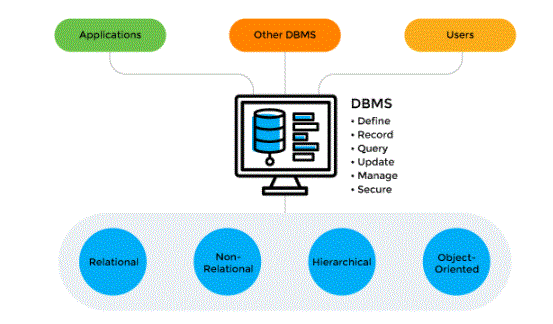
Conclusion:

